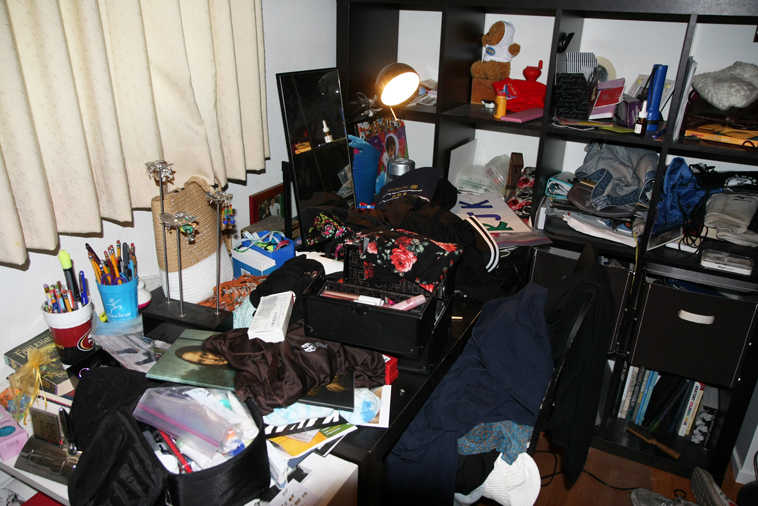Alyssa Kimble, a fourth-grader in White Plains, New York, says she uses the desk in her bedroom for “everything” — creating lesson plans for her make-believe school, writing stories and storing stuff.
Everything, that is, except homework.
“Usually, my desk is covered with things, a computer isn’t nearby and my mom isn’t there to help me,” Alyssa says.
So she prefers doing homework at the kitchen table.
Although bedroom desks remain common, many kids don’t use them for their intended purpose. Thanks to laptop computers and more casual living spaces, they often opt to do homework in kitchens and family rooms, on couches or on beds, turning their desks into depositories for books, toys and crafts.
What that means for study habits depends on who’s doing the work, educators and parents say.
“I could always get my homework done wherever I was. But some kids, especially if they have ADHD or another disability, can benefit from doing homework at a specified location like a desk because it tells them, ‘This is the spot where I focus,’” says Ellen Pape, a La Grange, Illinois, school reading specialist.
“Separating it from other locations gives kids more of a straightforward definition of expectations,” she says.
Melissa Kaufman of Santa Clara, California, says that where her daughters — Rebekah, 14, and Sarah, 11 — do their homework reflects their different needs and study habits.
Kaufman bought Rebekah a desk several years ago because letting her work at the kitchen table in their small house became too hard on the rest of the family. “It meant nobody could do anything in the kitchen or living room until homework was done because it would be distracting,” she says.
But having “a nice big desk surface” did little to change that. “I don’t think she did her homework at her desk more than once,” Kaufman says. Initially, Rebekah resisted being isolated from the rest of the family. And although today Rebekah does do homework in her room, it is usually on her bed. The desk is where she puts “the four outfits she tried on earlier that day and rejected.”
But Kaufman says she doesn’t fight it. “She has still managed to get excellent grades, despite what I would consider less than stellar study habits and environment, so we have to let her go with what she is comfortable with,” she says.
Sarah, on the other hand, “needs much more help and encouragement to get her homework done, so doing it in isolation in her room is not really an option” — meaning she’s back at the kitchen table, Kaufman said. Sarah’s desk has suffered a fate similar to her sister’s; it’s covered with piles of books, art supplies and knickknacks.
Tami Mount, a New York-area educational consultant, says it’s important for children to have a quiet, dedicated workspace, but it doesn’t matter where that is.
“All the tools they need to do their homework, like scissors, rulers, erasers and pencils, should be organized in a place they can be easily retrieved. You don’t want to spend 15 minutes looking for tape,” she says.
But some kids work better in an environment where there is, say, music playing or a parent nearby, than isolated at a desk, Mount says.
“A quiet desk, a busy kitchen, Starbucks or the living room floor. Like adults, kids find a place that is comfortable and productive,” she says. “And if the living room floor is not proving productive, try something else.”

